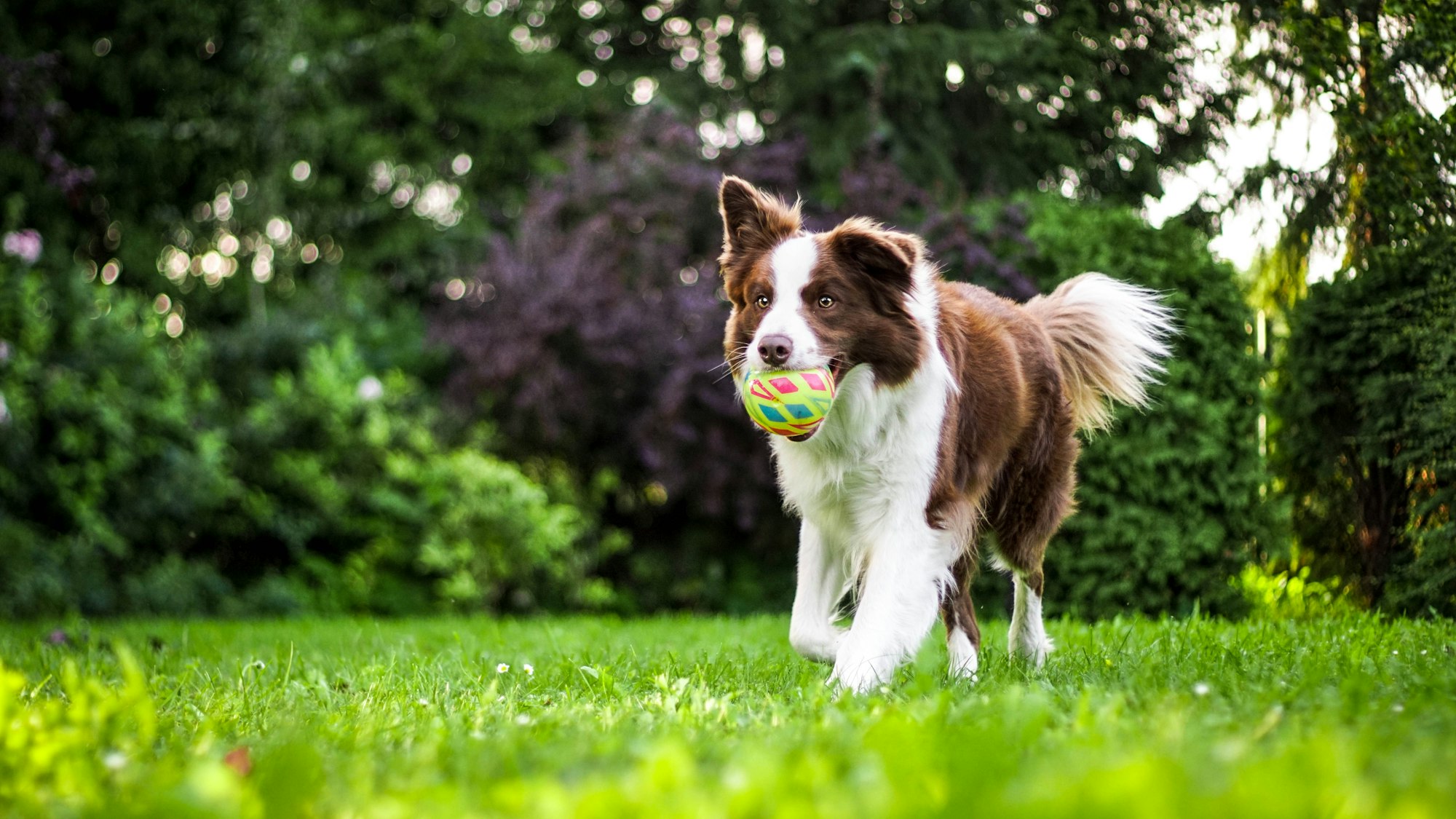Swelling and the Custom Orthotic

Swelling post-surgery and post-injury is a common occurrence in our pets. The circulatory system is very good at actively pumping blood into a leg but needs muscle contraction and movement for the tissue fluid to be removed through the venous and lymphatic systems.
This is why in people, we typically elevate an injured limb. It allows gravity to help move the fluid that has left the blood supply to nourish the tissues to return to the heart and get back in the blood. A process that uninjured tissue does naturally.
One way we typically handle post-operative care of an orthopedic injury is to place the ankle or wrist in a Bi-valve cast. The foot, ankle/wrist, and lower leg are wrapped in layers of padding then the cast is applied. This provides stability to the repair but also applies light pressure all around the limb and limits any swelling.
The cast is usually replaced every few days to weekly for several weeks while we wait for the Custom Orthotic to be made which will take its place. The Custom Orthotic will allow the pet more mobility yet protect the repair and allow us to remove the Orthotic frequently for Topical/Complementary therapy, Early Range of Motion, and Targeted exercises.
Swelling is a minor complication we can see when a pet first starts to wear a Custom Ankle or Wrist Orthotic after being in a cast. The leg is accustomed to being surrounded by padding and a hard fiberglass shell. Now the Hard plastic of the Custom Orthotic is only in the places it needs to be to apply a corrective force. Other areas are left open to allow air movement, decrease weight and increase comfort. These areas may swell a bit in the beginning because the leg is not being treated the same.
Blood flows in and fluid may pool a bit in tissue that is by the open areas. This can be from a lack of muscle contraction. One of the major forces that move lymphatic fluid up the leg. As muscles contract, they squeeze lymph vessels and veins to push the fluid back toward the heart. Some of the lymph vessels may be in the repair stage and are not functioning fully yet. The pathway may be narrow like a partially closed road during construction. The tissues of the leg will also need to get used to the light pressure that is applied by the straps that hold the Custom orthotic in place.
No one would intentionally leave a new pair of shoes on all day. They would take breaks to rub their feet and adjust the laces of their shoe. The same type of break-in is necessary for Custom Orthotics. It is especially important in cases where we need to provide 24-hour support to a surgically repaired injury like Achilles tendon repair or Arthrodesis/fusion of an ankle or wrist.
Giving the pet a 15-20 min break out of the Custom Orthotic every 2-3 hours in the first few days allows for monitoring the leg for rub areas as well as light massage to move fluid out of the leg. Within a few days, the swelling between breaks begins to lessen. The pet becomes more accustomed to using the brace and is walking for short periods more frequently. This improves muscle contraction and the natural movement of fluid out of the leg. The leg also adjusts to and accommodates the strap tension.
Swelling is part of the healing process and can be easily managed in most cases. When using a custom orthotic remember to Check the fit frequently. Every 2-3 hours in the beginning. Light massage (not deep tissue massage) starting at the foot and moving up the leg will help with the natural removal of fluid. Once the pet has been in the brace for a few days we can usually start checking the fit every 4-6 hours. Work with your Veterinarian or Rehabilitation Therapist to find what’s optimum for your pet.
If you have further questions let us know at hello@goherogo.com

